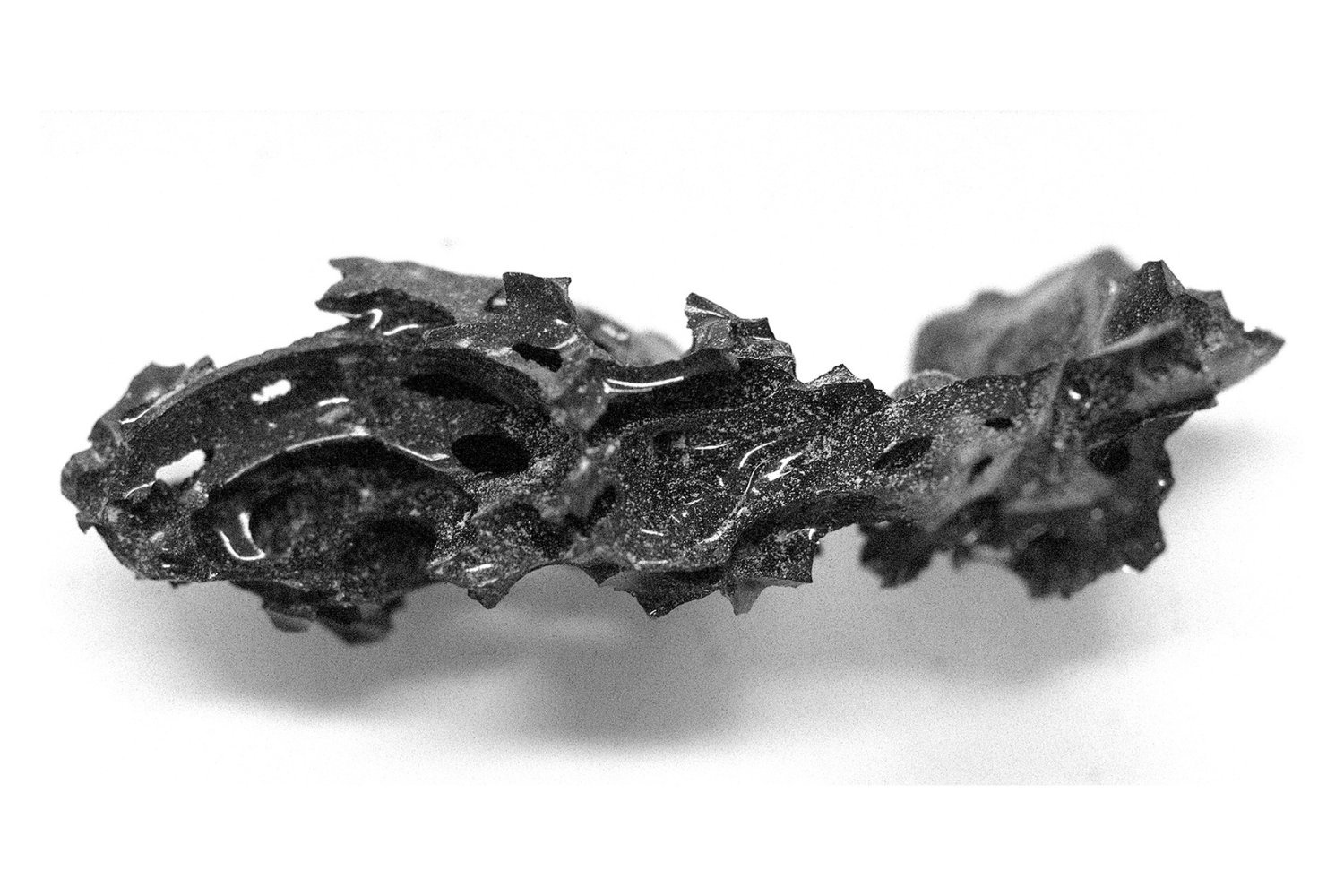
Volcanic Fury Transforms Roman Brain into Glass: A Unique Case of Preservation Unveiled
Nearly two millennia ago, the catastrophic eruption of Mount Vesuvius forever altered the landscape and fate of the Roman towns nestled in its shadow. Herculaneum and Pompeii, vibrant centers of life, were suddenly entombed under a suffocating blanket of superheated ash, pumice, and volcanic debris. The intensity of the volcanic onslaught was such that it yielded a phenomenon never before witnessed: the vitrification of a human brain.
A team of dedicated researchers has recently published groundbreaking findings in Scientific Reports, detailing the remarkable transformation of a Roman individual’s brain into glass. The scorching temperatures of the eruption, they argue, were responsible for converting the once soft, pliable brain matter into a hard, gleaming, black substance. Astonishingly, this glassy relic harbors preservation down to the microscopic level, showcasing intact axons and neurons, the very building blocks of the nervous system.
The researchers’ meticulous analysis provides compelling evidence that the glassy material is indeed human brain tissue, preserved through a unique process of organic vitrification triggered by extreme heat. “Our comprehensive chemical and physical characterization of the material sampled from the skull of a human body buried at Herculaneum by the 79 CE eruption of Mount Vesuvius shows compelling evidence that these are human brain remains, composed of organic glass formed at high temperatures, a process of preservation never previously documented for human or animal tissue, neither brain nor any other kind,” the researchers stated in their published paper.
The individual in question was a young man, approximately 20 years of age, and his remains were discovered within a bed at the Collegium Augustalium in Herculaneum. This establishment was dedicated to the worship of Emperor Augustus, who had passed away 65 years prior to the eruption. Based on the location of the remains, the researchers believe the young man served as the guardian of the collegium.
While the preservation of human brains is a rare occurrence in the archaeological record, it is not entirely unheard of. Dehydration, saponification (a process of preservation akin to soap-making), tanning, and even freezing have been known to preserve brain tissue in various instances throughout history. However, the vitrification of a human brain, the conversion into a glass-like substance, represents a truly exceptional event. This process demands a very specific combination of extremely high temperatures and rapid cooling, conditions rarely encountered in nature.
The initial discovery of this remarkably preserved brain was made in 2020, but the mechanism behind its vitrification remained shrouded in mystery. Now, researchers have pieced together the sequence of events that led to this extraordinary transformation.
The pyroclastic flows that engulfed Pompeii and Herculaneum were characterized by temperatures reaching hundreds of degrees Celsius, a level of heat that would typically obliterate soft tissues. However, in this particular case, the unique circumstances allowed for the brain’s preservation.
According to the researchers, the individual’s glassy remains were "formed by a unique process of vitrification of his brain at very high temperature, and is the only such occurrence on Earth." Their analysis of the glass revealed that the temperature at which the brain transformed exceeded 510 degrees Celsius (950 degrees Fahrenheit). This suggests that the body was briefly exposed to a dilute, incredibly hot pyroclastic flow that rapidly heated the brain before quickly dissipating, allowing for rapid cooling. “Calorimetric analyses show that the temperature at which the brain transformed into glass was well above 510 °C [950 degrees Fahrenheit], implying that the body was exposed to the passage and vanishing of a short-lived, dilute and much hotter pyroclastic flow, explaining its early fast heating and the following very fast cooling.”
The team emphasizes that this unique combination of events enabled the perfect preservation of the brain and its intricate microstructures. Scanning electron microscope images revealed the presence of neurons, axons, and other neural structures within the glassy material. The process shares similarities with the techniques used to reveal text on scrolls that were carbonized by the same eruption, also discovered within a Herculaneum villa.
"In our work we demonstrate experimentally that the process of vitrification occurred with the very early arrival of a dilute ash cloud that invaded Herculaneum," explained Guido Giordano, a researcher at Università Roma Tre and the lead author of the study, in an email. "The ash cloud then dissipated and the brain could cool down quickly to ambient temperatures, transforming into glass." Giordano further clarified that Herculaneum was only buried by the more substantial deposits of pyroclastic flows later in the eruption sequence.
The researchers further theorize that the brain’s location within the skull and spinal column provided a degree of protection from the most intense force of the pyroclastic flow. Although fatal, the initial surge of heat was not accompanied by the torrents of molten lava commonly associated with volcanic eruptions.
This remarkable discovery offers invaluable insights into the effects of extreme heat on human tissue and provides a unique window into the past. The vitrified brain stands as a testament to the power of nature and the extraordinary circumstances that can lead to preservation in the face of destruction.
